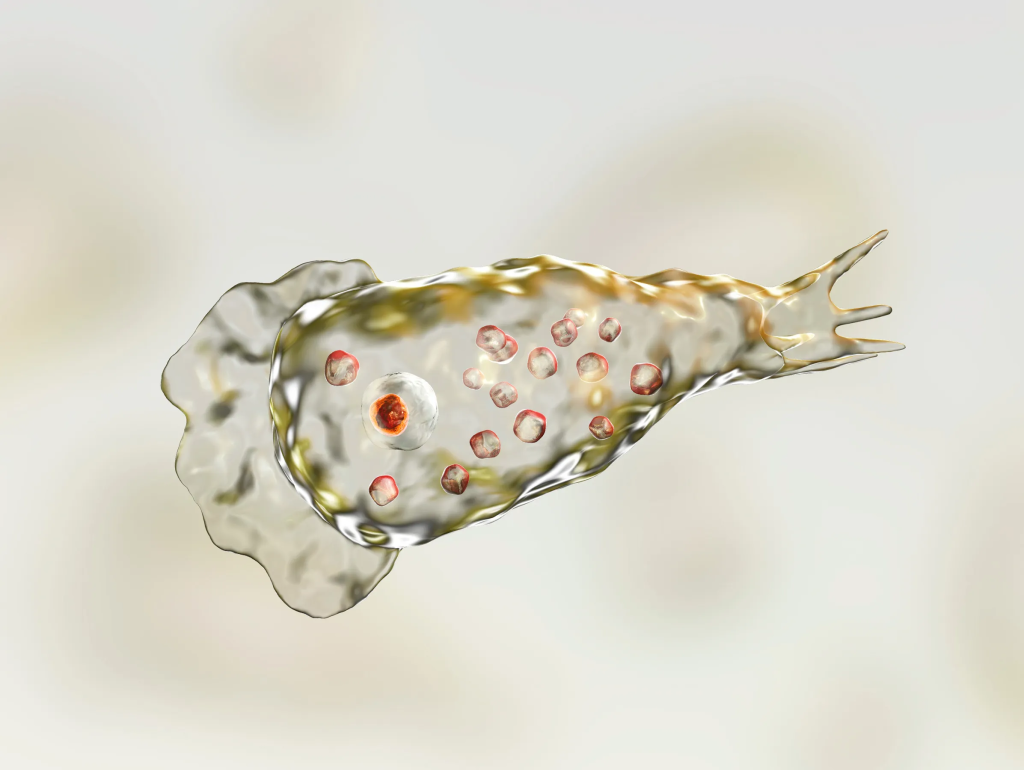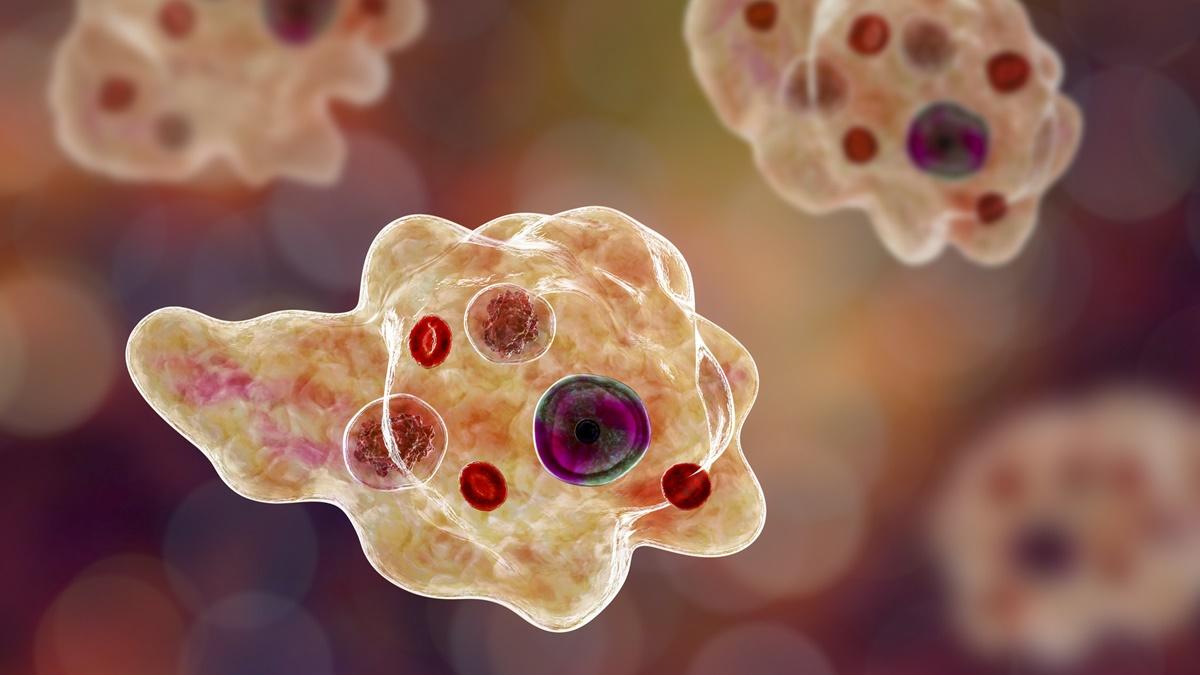Brain-eating amoeba is a rare but deadly infection caused by a microscopic organism known as Naegleria fowleri. This amoeba can enter the body through the nose and travel to the brain, causing severe damage and, in most cases, death. In this article, we’ll discuss the symptoms, causes, and prevention of brain-eating amoeba, so you can protect yourself and your loved ones.
Table of Contents
What is Brain-Eating Amoeba?
Naegleria fowleri is a type of amoeba that thrives in warm, freshwater environments such as lakes, rivers, and hot springs. When this organism enters the body through the nose, it can travel to the brain and cause a rare but fatal condition known as primary amoebic meningoencephalitis (PAM).
Symptoms of Brain-Eating Amoeba:
The symptoms of brain-eating amoeba can vary depending on the stage of infection, but they typically include headache, fever, nausea, vomiting, and stiff neck. As the infection progresses, symptoms may worsen and can include seizures, hallucinations, and coma.

Causes of Brain-Eating Amoeba:
Brain-eating amoeba is most commonly acquired through recreational water activities such as swimming or diving in freshwater bodies. The amoeba enters the body through the nose and travels to the brain, where it causes severe damage. Other possible causes of amoeba include the use of contaminated tap water for nasal irrigation and the use of contaminated water in neti pots.
Diagnosis of Brain-Eating Amoeba:
Diagnosing amoeba can be challenging, as the symptoms can be similar to those of other conditions such as meningitis. However, doctors may use a combination of physical exams, imaging tests, and cerebrospinal fluid analysis to make a diagnosis. In some cases, a brain biopsy may be necessary to confirm the presence of the amoeba.
Treatment Options for Amoeba:
Unfortunately, there is no known cure for a amoeba, and the infection is usually fatal. However, early diagnosis and treatment may improve the chances of survival. Treatment typically involves a combination of antimicrobial medications and supportive care to manage symptoms. Experimental treatments such as the use of miltefosine and a combination of voriconazole and miltefosine have shown some promise in treating amoeba, but further research is needed.

Prevention of Brain-Eating Amoeba:
Preventing amoeba involves taking precautions when engaging in recreational water activities. This may include avoiding freshwater bodies during hot weather, using nose clips or plugs, and avoiding stirring up sediment in shallow waters. Other preventive measures include using sterile water for nasal irrigation and avoiding the use of neti pots with tap water. It is also important to maintain proper swimming pool hygiene by regularly testing and treating the water.
Conclusion:
Brain-eating amoeba is a rare but deadly infection that can cause severe damage to the brain. By understanding the symptoms, causes, and prevention of this condition, you can take steps to protect yourself and your loved ones. If you experience symptoms of amoeba after engaging in freshwater activities, seek medical attention immediately.





